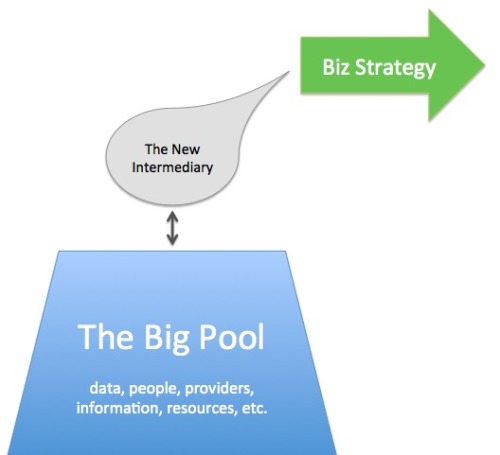February 19, 2013
by Steve Woodruff
{Note: I am now blogging at my brand-spanking-new site, SteveWoodruff.com. Just click here to subscribe to the new feed. Bonus – you can also sign up at the same time for my astonishingly brief yet brilliant e-newsletter, Clarity Blend (see sample), and when you sign up, you’ll get a free download of my helpful new e-book, Make Yourself Clear: Six Steps to De-fogging Your Direction and Your Message.}
I’ve had several discussions of the past week about Impostor Syndrome – which, by the way, I always manage to misspell the first time (imposter) until spell-check reminds me of my transgression.
In short, Impostor Syndrome (let’s just call it IS) is experienced by people who have difficulty internalizing their accomplishments. Folks who are afflicted with it regularly feel like frauds, with a fear that it’s just a matter of time before they are exposed for being something far less than others think they are.
Competent people feeling perpetually incompetent – that’s Impostor Syndrome. <–(click to tweet this)
I think IS can often be a psychological/emotional issue, especially experienced by those who are insecure (hand raised) and perfectionistic (both hands raised). Those who struggle with accepting basic human realities of step-by-step growth and evolution will tend to feel grossly inadequate for every role they step into – no matter how they perform. I can look back at my professional timeline and see many places where I experienced this cognitive dissonance. Although, I must say, the most profound place where I feel it is in my role as a parent.
But, I’d like to suggest another angle on this. I wonder if some of our experience of IS comes down to working in a mis-matched role. In other words, we really are outside the primary zone of our competencies, and we can’t measure up to what we know we should because – well, we can’t.
For instance, I labored for many years in a sales role. I actually succeeded in growing business and helping customers. But I am really not wired for sales – I’m not hyper-competitive, driven by numbers and short-term goals, schmoozey, quickly empathetic, hungry to “close” – I just want to figure stuff out and help people. Turns out you can actually do sales that way, but in one company where I was VP of Biz Dev, we hired a natural and skilled salesperson, and as I watched her operate, I finally came to the realization – that’s a salesperson in her sweet spot. I’m a consultant – not (natively) a salesperson. All that time I tried to force myself into a role that wasn’t a great “fit” for me.
And all that time I felt like an impostor. Not because I was insincere, or even ineffective – but I was outside my sweet spot.
Looking back at many of the roles I’ve sought to fulfill, here’s how it sorts out in my case:

As the old saying goes, you can’t put in what God left out. Working in the red zone generally means we’re going to feel like failures.
For 18 months, Lisa Petrilli and I co-hosted a weekly Twitter gathering called LeadershipChat. By all accounts, it was a big success. But many people will be surprised to hear my confession that I felt somewhat like an impostor the entire time. Not because of the community management and social media aspects of it – Lisa and I were both strong there. Nor because of the vision and effort we put into it. But the fact is, leadership “stuff” is not in my core. I’m quite interested in it, I can write about it and discuss it – but the topic was much more in Lisa’s wheelhouse than mine. Plus, I’d never worked/led in a larger corporate environment. Therefore, I often felt somewhat out of my primary competency zone.
Here’s the thing – We all want to look in the mirror and feel competent and authoritative there first and foremost. Then Impostor Syndrome has much less room to take root.
So, to sum up – could it be that much of what we experience with Impostor Syndrome may actually stem from working outside of our sweet spot? I know that the more I concentrate on my unique areas of ability, the less like a fraud I feel. What’s your experience?
BONUS: Dr. Valerie Smith has a blog (and a book) on this subject – also this quick video. Thanks to Craig DeLarge for pointing it out!
Recently on Connection Agent:
Claim Your Market[place]
De-Fogging Your Business






























Recent Comments